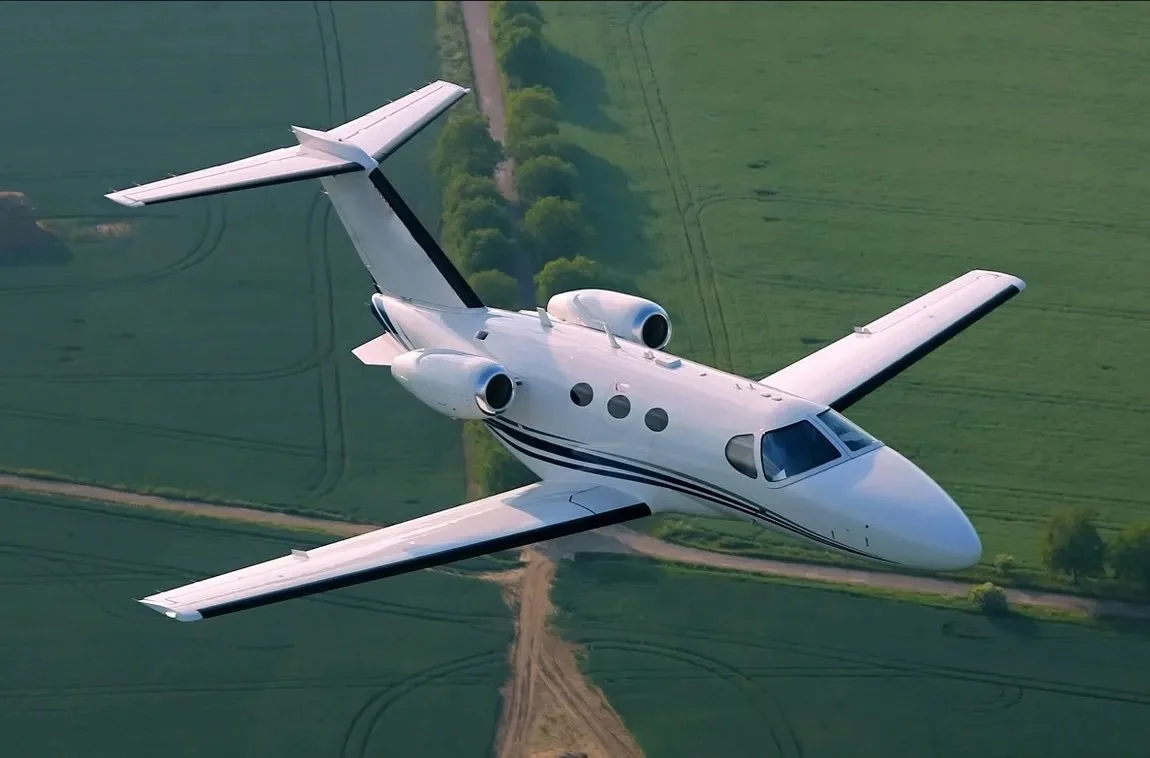Choosing the Right Jet for Your Needs: Very Light Jets vs. Light Jets
The Cessna Citation Mustang VLJ
When considering private air travel, the decision between opting for a very light jet (VLJ) or a light jet (LJ) can be pivotal depending on your travel needs, budget, and preferences. At Reata Jet, we understand that every flyer has unique requirements and as such, we’ve compiled a comprehensive comparison to help you make an informed choice between these two categories of aircraft.
What are Very Light Jets (VLJs)?
Very Light Jets, often referred to as “personal jets,” are the smallest class of private jets that are ideal for short to medium-range trips. Typical VLJs can accommodate 4 to 7 passengers and have a range of approximately 1,200 to 1,600 miles. Popular models in this category include the HondaJet, Eclipse 500, and the Cessna Citation Mustang.
Advantages of VLJs:
Cost-Effectiveness: VLJs are generally less expensive to operate than their larger counterparts. This makes them a great option for individuals or small groups.
Airport Accessibility: Due to their size, VLJs can operate out of smaller airports, providing greater flexibility and access to less frequented destinations.
Efficiency: These jets are designed for shorter, more frequent trips, making them highly efficient for business travel involving day returns.
What are Light Jets (LJs)?
Light Jets are a step up from VLJs and offer a perfect balance between cost and comfort. They typically accommodate 6 to 8 passengers and boast ranges between 1,500 to 2,500 miles. Well-known models include the Learjet 35, Embraer Phenom 300, and the Bombardier Learjet 40XR.
Advantages of LJs:
Increased Comfort: Light Jets offer more cabin space, which can be crucial for longer flights. Enhanced amenities such as higher ceilings, more luggage space, and sometimes even lavatories are standard.
Better Performance: LJs generally have higher cruising speeds and greater range capabilities than VLJs, making them suitable for intercity travels.
Versatility: These jets can serve both short and slightly longer routes without the need for refueling, providing an excellent balance between performance and convenience.
Deciding Between VLJs and LJs
1. Duration and Distance of Travel: If your typical flight length is under two hours, a VLJ might be the most economical and practical option. However, for longer or more frequent flights, a LJ might be more comfortable and efficient.
2. Passenger Count and Cabin Space: Consider how many people typically travel with you. A VLJ is suitable for smaller groups, while LJs can accommodate more passengers and offer a more spacious environment.
3. Budget Considerations: Operating costs for VLJs are generally lower, not just in terms of fuel, but also when considering landing fees and maintenance. LJs, while more expensive, offer enhanced capabilities which might be necessary depending on your travel frequency and requirements.
4. Airport Preferences: If your travels often take you to or from smaller, regional airports, a VLJ’s ability to access shorter runways could be a significant advantage. LJs, while still versatile, typically require slightly more runway space.
At Reata Jet, we are dedicated to helping you choose the jet that best fits your lifestyle and needs. Whether you’re looking for the economical agility of a Very Light Jet or the enhanced comfort and capability of a Light Jet, we have a range of options to enhance your flying experience. Contact us today to discuss your travel needs and let us help you take to the skies with the perfect jet choice.


